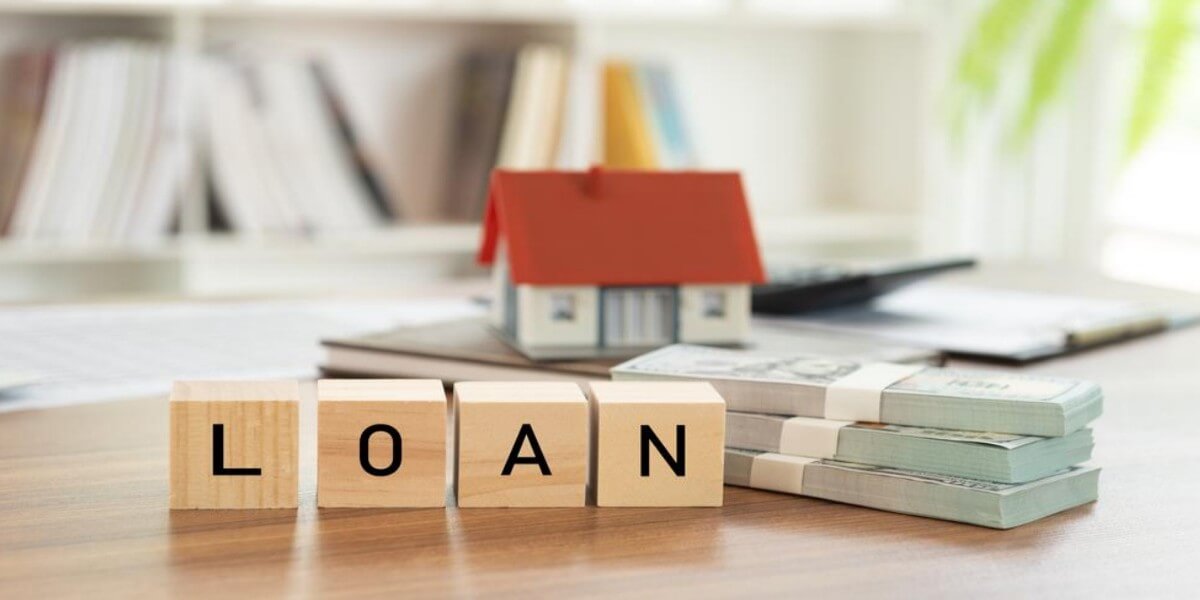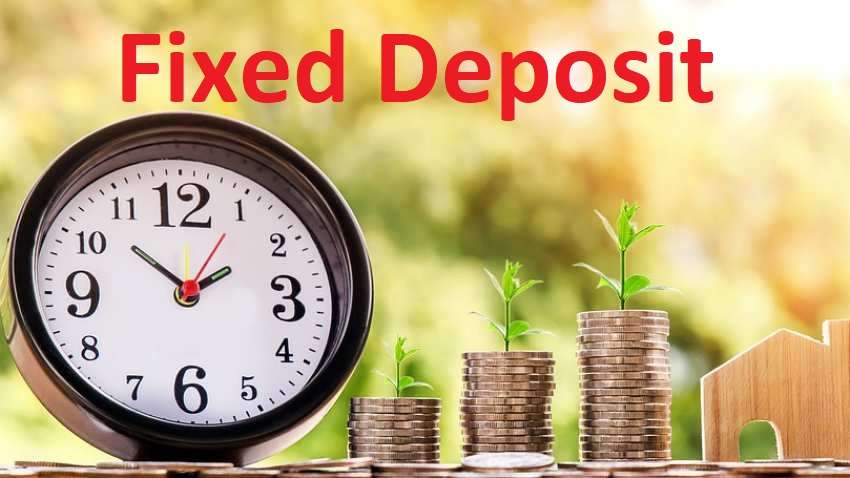Purchasing your dream house may be a time-consuming process that requires extensive study and a lot of running around. However, searching for a home loan is normally not a well-thought-out procedure, and most of us will focus on the home loan interest rate, processing costs, and documentary trail that will get us the required financing with the least amount of effort. There is one more significant thing to consider when taking out a home loan, and that is the loan type, and the repayment options available.
Table of Contents
What is EMI
An EMI, or equated monthly instalment, is a part of the equally divided monthly payments required to pay off an outstanding debt within a specified time frame.
The EMI is determined by a number of criteria, including the amount borrowed, the rate of interest, the loan tenure, and the resting period.
You can calculate your expected EMI on your home loan using this home loan emi calculator.
Types of EMI Options Available
Not only can home loan products differ in terms of interest rate, benchmarks, processing fees, loan type, and so on, but they can also differ in terms of EMI possibilities. Here are some common home loan EMI options to be aware of so that you can make informed choices based on your repayment capacity.
Moratorium
Many banks provide house loan borrowers the option of a moratorium. This programme allows borrowers to postpone EMI payments for up to five years and pay only the interest until the EMIs commence. The EMI payment is ramped up in consecutive years after it begins in this choice. You may use this service if you want a higher loan eligibility and predict a rise in your income in the future to meet the step-up EMI repayment requirement.
Overdraft
The EMI requirement is the same as for standard home loan products with the overdraft option, but borrowers have the option to park excess money in a bank account to save on home loan interest to the extent that the funds remain in the account for the duration of the loan. As a result, borrowers have the option of repurposing the surplus cash in their account, allowing them to maintain a higher degree of liquidity.
The additional sum in the account is not eligible for tax deductions under Section 80C of the Income Tax Act. House loans with an overdraft feature typically have higher interest rates.
Increasing EMI
The bank sets a lower EMI for the first few years of the loan under this sort of arrangement. After a few years, the EMI steadily rises, based on the idea that the borrower’s income will rise in tandem, allowing them to comfortably repay the loan.
The growing EMI home loan is ideal for borrowers whose income is insufficient to cover the EMI. The bank bases its calculations on the idea that the borrower’s income will rise in the following years, allowing them to repay a greater EMI in the future. If your income has been steadily increasing, you can apply for this loan.
For Under-construction properties
When purchasing an under-construction property, you can select between a pre-EMI and a full EMI option. In a pre-EMI plan, you only pay interest on the disbursed amount until you take possession of the property or the moratorium period expires, whichever comes first.
A full EMI option, requires you to begin paying the EMI right away, regardless of whether the bank disburses the loan partially or totally. The EMI is computed on the complete loan amount rather than the amount disbursed by the bank till that time if you choose the full EMI option.
Conclusion
Apart from the aforementioned EMI possibilities, banks and other lenders may also offer more variants in home loan products; as a result, before finalizing your lending decision, you should inquire about different types of EMI options available.




